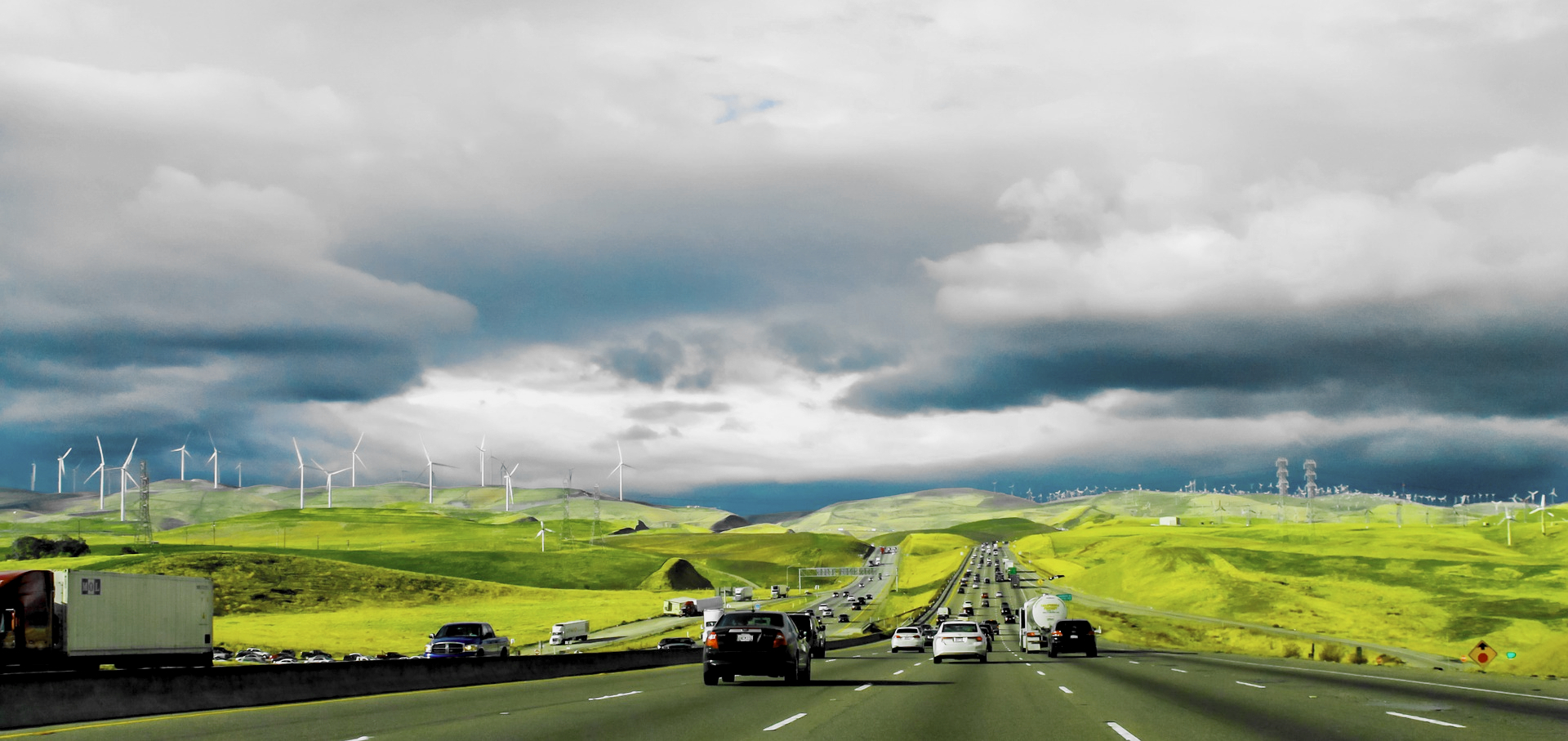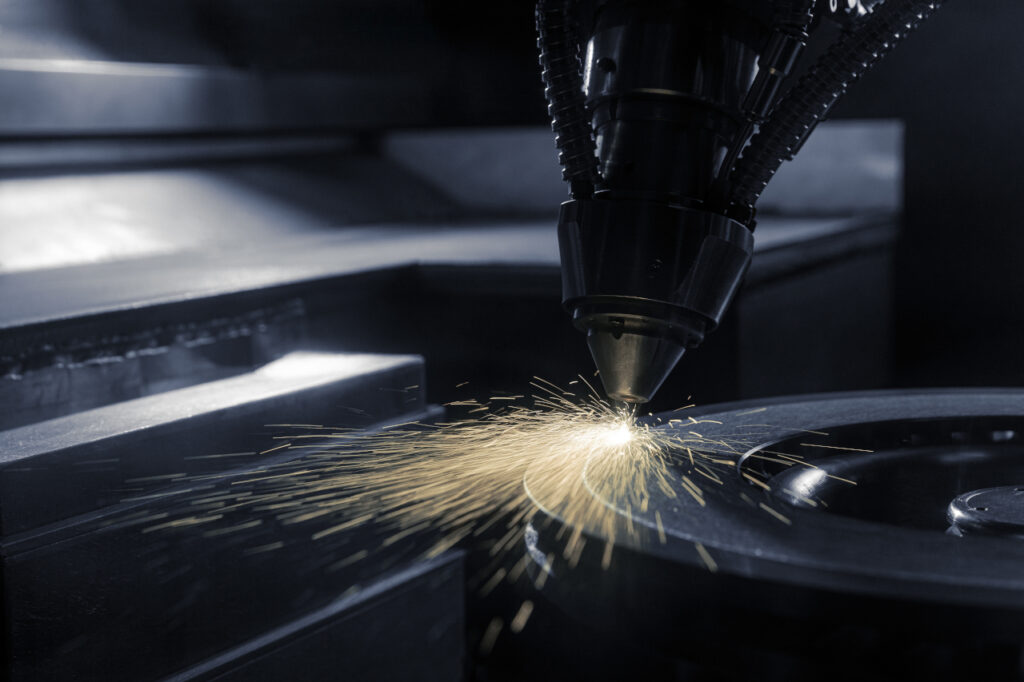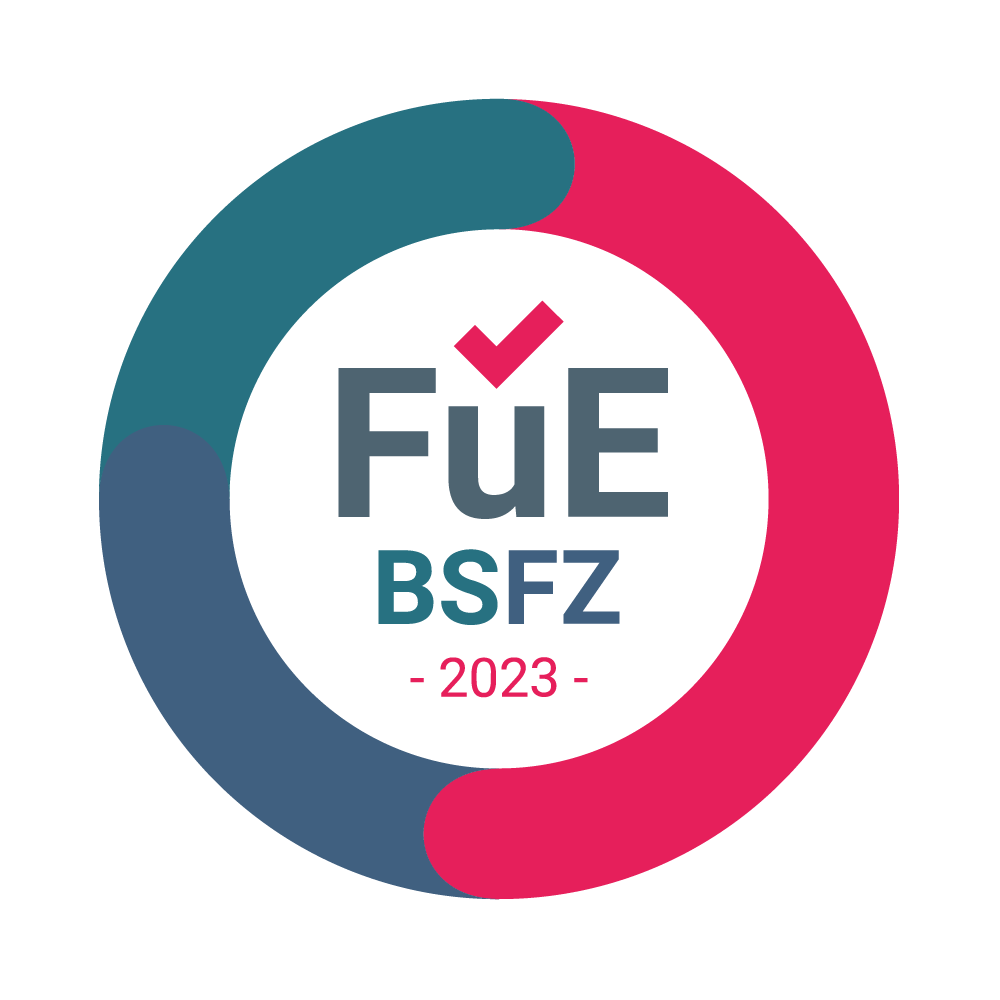
The air pollution by finest particles not only causes immense costs every year, but also results in the premature death of 4.5 million people worldwide; other studies even assume 8.8 million deaths worldwide every year. In addition to agriculture and industry, road traffic is a major source of particulate matter. In road traffic, however, particulate matter is not only produced by the combustion of fuel, but also by tire abrasion, the whirling up of dust, and material abrasion during braking.
Sustainability is a social consensus, and political plans call for us to gradually move away from burning fossil fuels. What remains, however, is the pollution of the air through abrasion. Electric cars need tires and brakes, too. So far, this area has been left out of the climate and health policydebate, although there is an urgent need for action here. But what are the options for remedying this situation? One solution is the coating of brake discs. And this is where the revolutionary WECODUR technology we have developed steps in and makes a difference. A technology that ensures that up to 90 percent less particulate matter is generated during braking.
What is WECODUR?

In the past, brake discs have been coated using very chemical- and resource-intensive processes such as electroplating and thermal spraying. With a further development of the well-known laser cladding process, however, brake discs can now be coated much more economically: With WECODUR technology.
In conventional laser cladding, the interaction time of the powder particles in the laser radiation is rather short and the powder particle temperature before entering the melting bath is significantly lower than the melting temperature. This in turn means that temperature equalization takes longer, and thus the process speed is limited. With extreme high-speed laser cladding, the powder particles are already melted above the melt pool. This places less stress on the thermal household in the molten pool, so that the feed rates can be increased. The outcome is that the component is exposed to less thermal stress and the coating heights are reduced to an economical level. As a result, the economical coating of brake discs is now possible.
WECODUR, however, is not just the production-optimized form of the high-speed laser coating process. WECODUR is a system technology and a process combination of coating and tailored finishing processing for the production of coated brake discs. Only this combination can ultimately achieve the WECODUR standard of reproducible quality and high cost-effectiveness. The systems technology is already available today and, including comprehensive quality assurance tailored to the process combination, is ready for use in large-scale production.
What are the advantages of WECODUR?
As mentioned at the beginning, WECODUR technology allows a significantly higher process speed to be achieved. This makes the coating process one thing above all: economical. In conventional laser cladding or even thermal spraying, the resources and time required are so high that it can hardly be operated economically for coating. However, cost-effectiveness is only one of many advantages of WECODUR technology. Manufacturer can save 85 % CO2 consumption in the production with WECODUR. Compared to conventional processes, the coating is much smoother and delamination is – on principle – almost impossible with WECODUR. To put it another way, the life cycle of a brake disc coated with WECODUR technology is many times longer. However, the best feature of a brake disc coated with WECODUR technology remains the reduction of material abrasion by up to 90 percent and thus also less fine dust emission when braking.
However, sustainability does not end with a longer life cycle and less particulate matter. Brake discs coated with WECODUR are up to 20 percent lighter, which saves fuel and reduces CO2 emissions. In an upper mid-range car, this can save around 80 grams of CO2 per 100 kilometers. The WECODUR technology we have developed thus combines economy, ecology and sustainability and can make an important contribution to reducing particulate emissions.
Would you like to learn more about the innovative WECODUR technology? We are at your disposal for a non-binding consultation.



